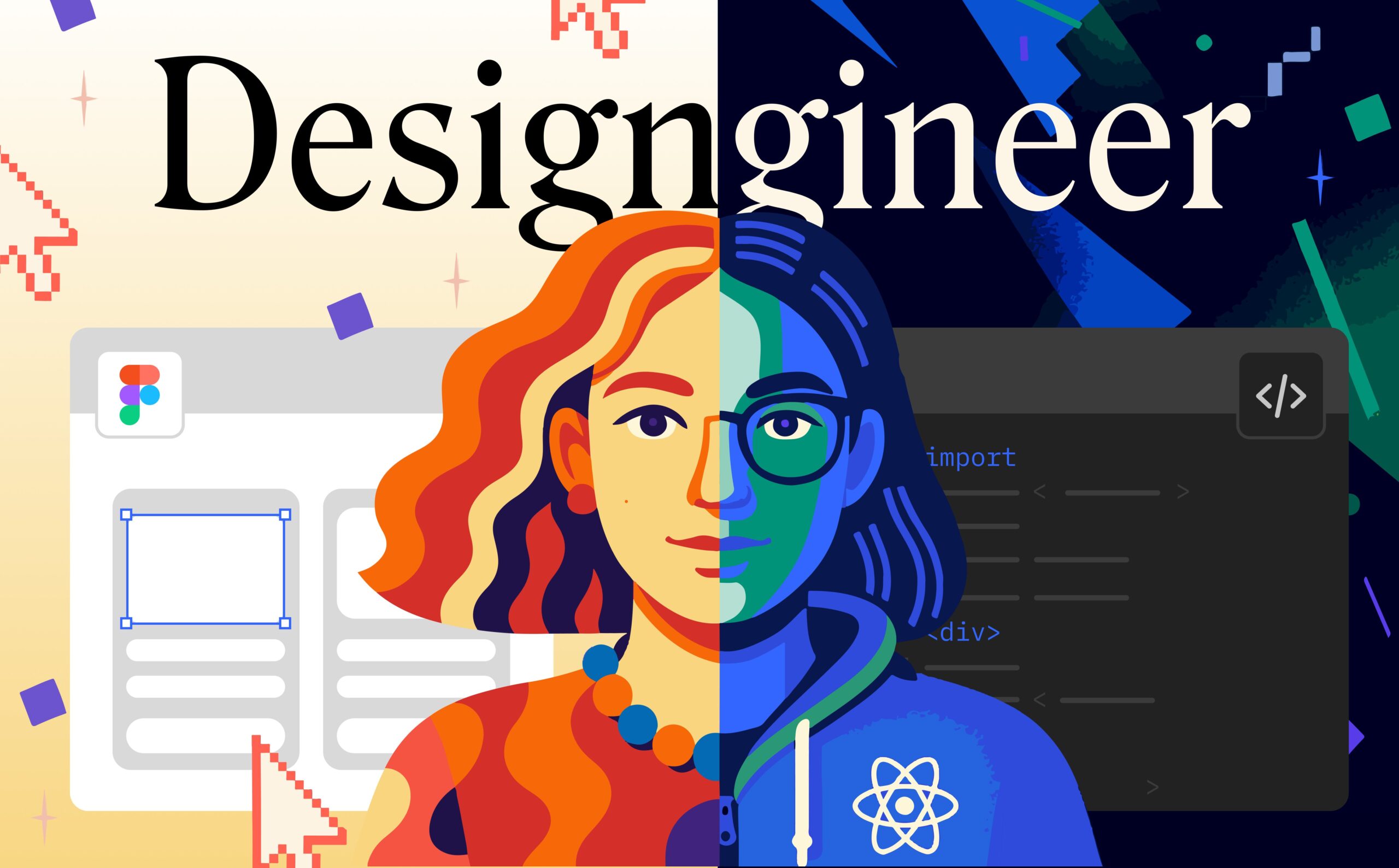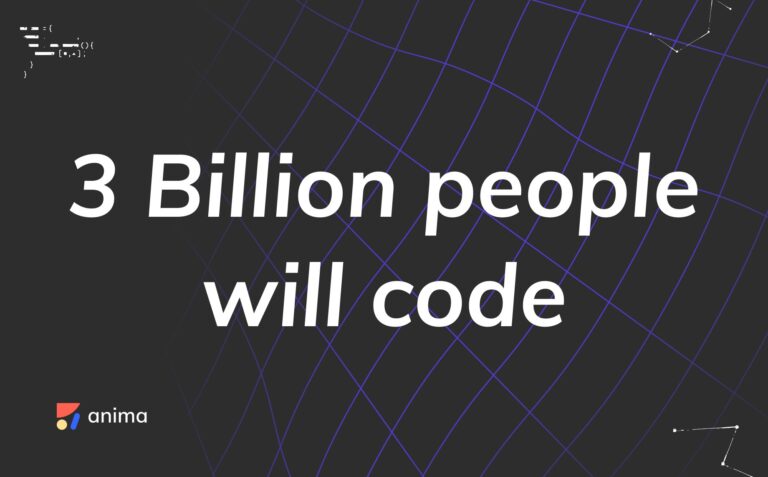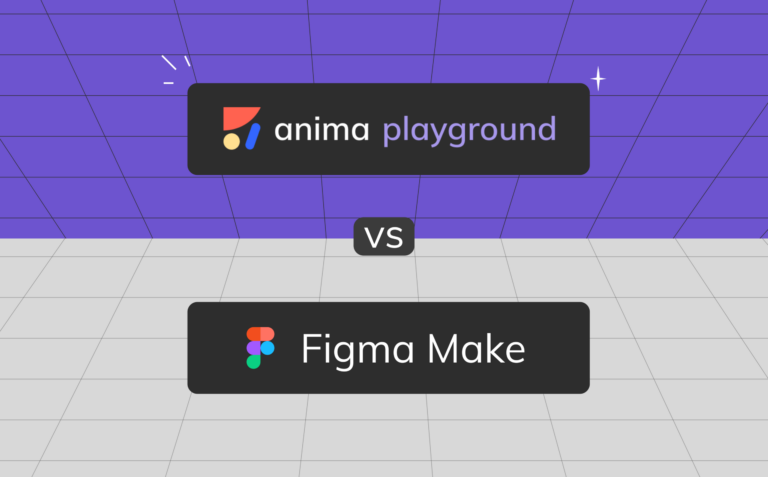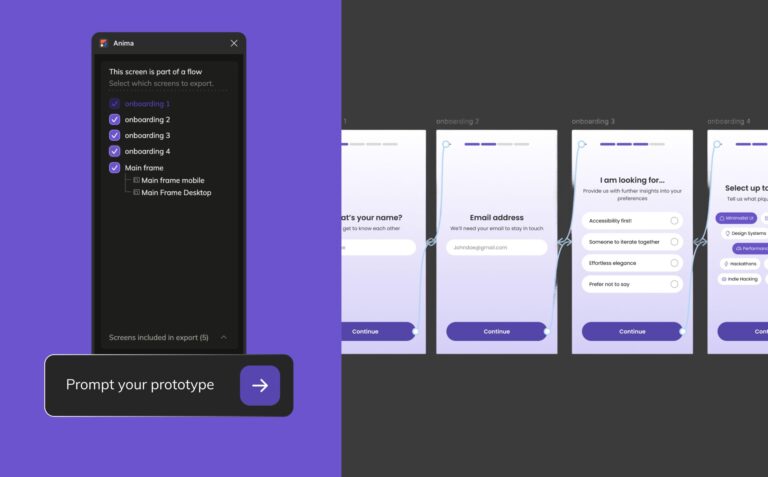Rise of the vibe designgineer4 min read
Reading Time: 3 minutesWe’ve been hearing quite a bit about vibe coding and vibe engineering. Hot tip: some engineers hate the term and think that vibe coding should be outlawed…
However, there are engineers who actually enjoy vibe coding—but their version is much more intense: prompting into Copilot, Cline, Cursor, or Windsurf and approving all proposed changes in “YOLO mode.” MCP lets them integrate with services like documentation and search, but the agents do the work while the developer is in line at the local barista.
Designers, entrepreneurs, and PMs do vibe coding differently and need a very different set of tools. These tools are built for innovators and makers who are technical enough to understand flows, but not able to write code. This new category of users includes entrepreneurs, product managers, and product designers who do not code. Are you starting to see a pattern? These users simply don’t care about the code as much—they care about functionality and design. The underlying code is less critical, even though it powers the product (unlike more generic document models like Wix, Webflow, Framer, and the like). This opens up a world of possibilities—but also complexities and risks—for these rising “vibe engineers.”
Why product managers and designers need vibe coding
Product managers need to iterate on ideas and validate concepts with minimal dependency on engineers and designers. Once they’ve got a solid concept—perhaps even user-validated—they can take it to the product designer. But UX isn’t just about micro-interactions and design ideas. It’s a complex mix of concepts and rules that reduce user friction and ensure people understand how to successfully navigate a product and its primary flows. I’ve worked at a few companies where design decisions had to be validated, which meant multiple options had to be prototyped—leading to a lot of prototyping just to avoid flow or design decisions that could later become too complex or confusing for users.
The conclusion? Product designers are in dire need of vibe coding. They don’t necessarily need to become more technical, but they do need more powerful tools to help them move faster and better. This frees them from depending on scarce and expensive prototyping or front-end engineering resources, and allows them to bring more “fully baked”—and even user-validated—ideas to the table.
Will designers become front-end engineers?
But a few questions arise from this trend:
- Will this turn designers effectively into front-end engineers?
- Does this mean front-end engineers will go extinct?
In my opinion, the answer to both is no.
While designers will have to be more technical and better understand requirements and constraints, they won’t necessarily need to know code better—but they will need to know how to get these platforms to do what they want. This will push the tools to become more powerful, better understand intent, and start from an existing screen, flow, or design—instead of from scratch, as many vibe platforms currently do.
What’s next for front-end engineering?
On the front-end engineering side, things are getting even more interesting. Front-end isn’t just “transforming one document into another.” Today, many front-end engineers spend a ton of time translating Figma design files into working React or HTML code that behaves as intended. It’s tedious, and it’s never perfect—there are always rough edges, missed details, or inconsistencies. This leads to the infamous ping-pong between designer and engineer: the designer points out every slightly wrong color or corner radius, and the engineer just wants to move on to the next Jira ticket.
But this isn’t the part of the front-end engineer’s job that requires real intelligence. That part is about state management, business logic, flow architecture, and component design. The design implementation—when done right—can be automated. The designer already nailed it in Figma (using auto-layout, suggested constraints, or simpler tools), and the developer can just import it, focusing instead on the more intellectually engaging parts of the job. No more endless wrangling with why a flexbox won’t center properly.
Given how fast this field has moved in just a few months, some people are predicting the end of the “front-end engineer.” I doubt it—certainly not because of vibe coding. Instead, developers will shift from mastering obscure CSS hacks to focusing on logic, backend integration, and making the most of AI IDEs like Cursor, Windsurf, and other agentic tools that live and communicate through GitHub and Slack.
Vibe engineers and the future of the web
Front-end and design are here for as long as the web exists. Will agent-to-agent protocols lead to a UX-less future? Not anytime soon—but it’ll be fascinating to watch. For now, we’re in an era where anyone can start building apps and flows armed with just ideas and prompts.

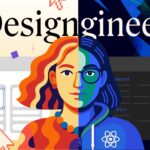
 Figma
Figma Adobe XD
Adobe XD Blog
Blog